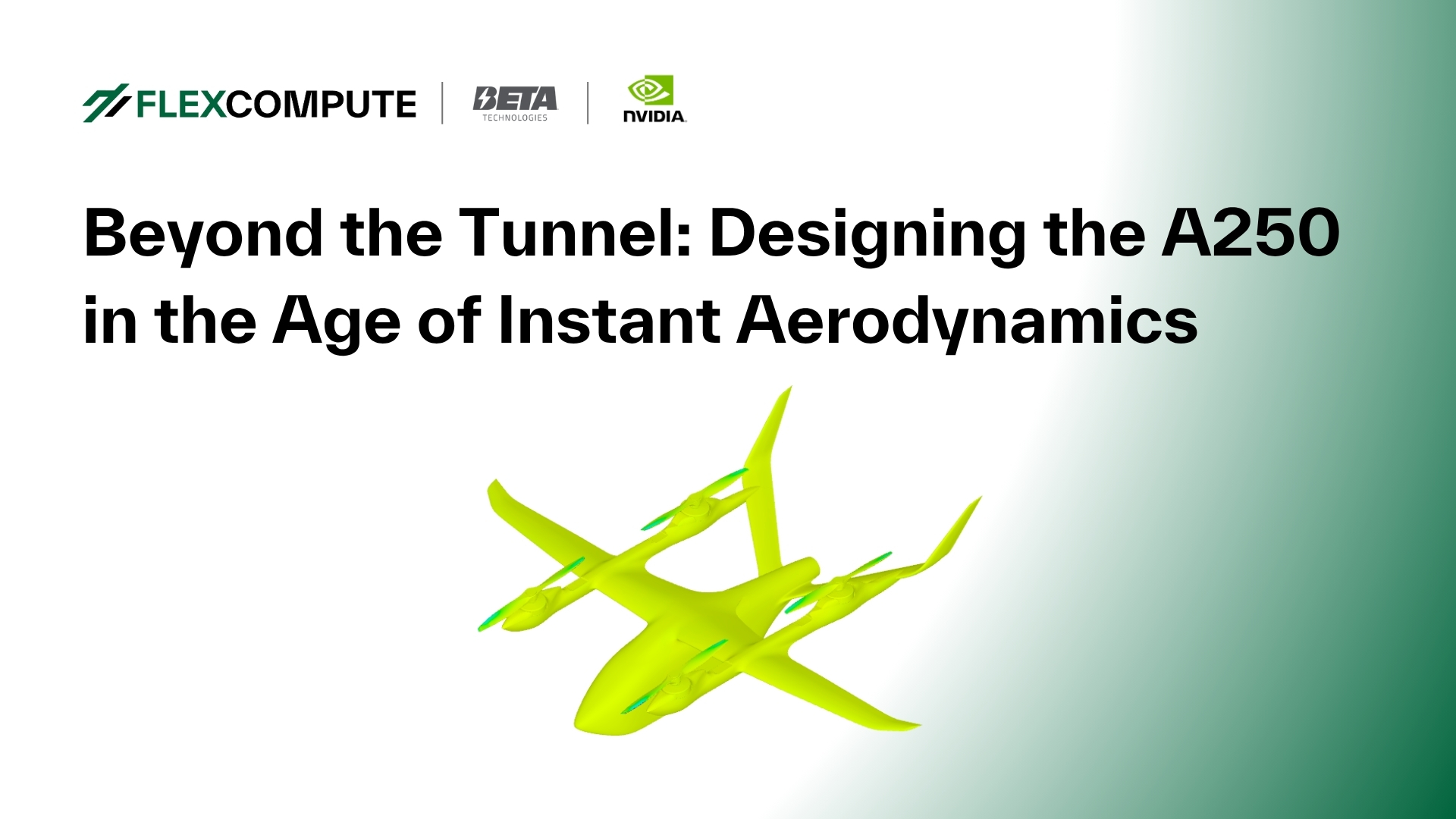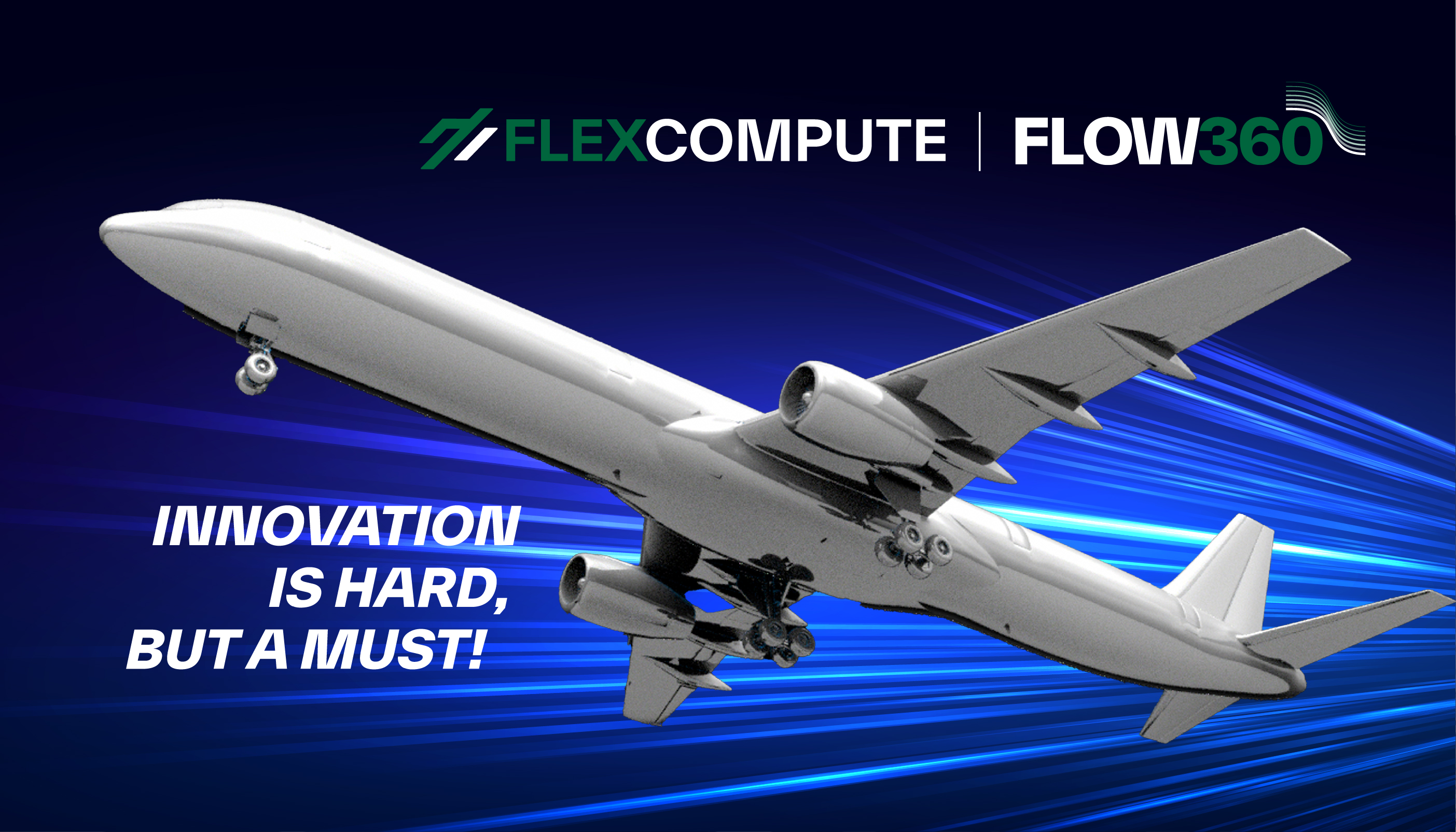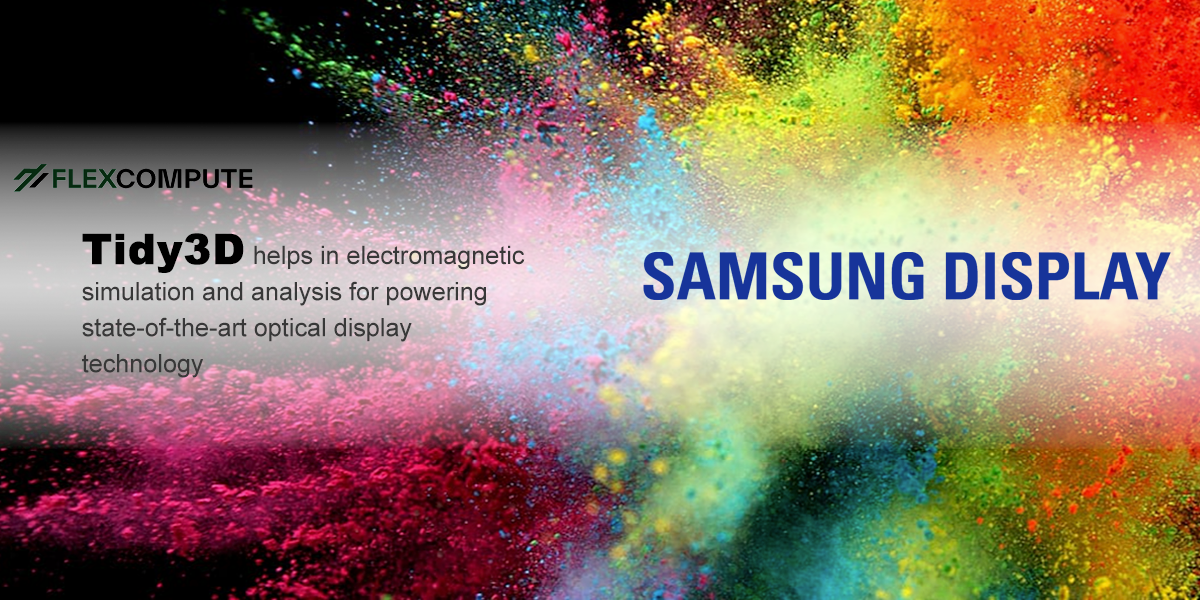Pushing the Limits: How Flow360 Keeps Getting Faster
Innovation is hard, but it’s non-negotiable.
At Flexcompute, we just celebrated 10 years of leading innovation in physics simulation. It’s been an exhilarating journey: assembling a team of the brightest minds, building a full-stack software-hardware architecture for modern GPUs, designing algorithms from scratch, and cutting simulation time without sacrificing accuracy.
Starting with a revolutionary idea is one thing.
Pushing beyond it, again and again, at startup speed is where true innovation lives.
Our mission is simple: make hardware innovation as easy as software innovation.
That’s why we built Flow360, the world’s first GPU-native Computational Fluid Dynamics (CFD) solver, delivering 10–100 times faster performance than traditional CPU-based tools.
But we didn’t stop there.
Flow360 is not just fast, it keeps getting faster.
Speeding Up What’s Already Fast
By late 2022, most obvious speed-up opportunities had already been captured. Improving beyond that point wasn’t easy. It demanded deep innovation and smarter, more adaptive methods.
Yet, over the past two years, the Flexcompute team pushed even harder, making Flow360 significantly faster once again.
Here’s what we achieved:
Real-World Performance: 3X Faster in Two Years on Same Hardware
Geometry and Simulation Setup:
We used a typical aerospace configuration of an aircraft with fuselage, wings, horizontal and vertical tails, and propeller booms meshed automatically by Flow360 (~25 million nodes).
Simulations were run at Mach 0.15 and 2 degrees angle of attack (AoA), consistently across two years of solver versions.
Figure 1: Flow visualization over the aircraft with skin friction vectors.
Convergence Efficiency:
A fair comparison was maintained: convergence was defined when lift (CL) and drag (CD) changed less than 0.05% across 500 pseudo steps.
Results:
-
January 2023: 4,900 pseudo steps to converge
-
February 2025: 1,600 pseudo steps to converge
A massive 3 times reduction in steps, without compromising accuracy.
Figure 2: Convergence of CL and CD across solver releases from last 2 years.
Runtime Efficiency:
All tests were performed on identical hardware (8× A100 GPUs).
-
January 2023: ~10 minutes total runtime
- February 2025: 3.2 minutes total runtime
Figure 3: Evolution of runtime across solver releases from last 2 years.
Even in early 2023, Flow360 was already setting a new standard, simulating a 25-million-node mesh with a stringent convergence criterion in just 10 minutes.
In contrast, traditional CPU-based CFD tools would take several hours to complete a similar case providing a 100X speed advantage.
Today, with the latest release, Flow360 cuts that time down even further to just 3.2 minutes on the same hardware. Another 3X improvement in just two years.
How We Made Flow360 Even Faster
The speed-up didn’t come from shortcuts. It came from smarter, more robust techniques, each rigorously tested across a wide range of cases before every release.
Smarter Time-Stepping: Adaptive CFL
In early 2023, Flow360 used a traditional Ramp CFL method requiring users to manually set CFL values. Set it too aggressively, and simulations could diverge. Set it too conservatively, and convergence dragged painfully slow.
We eliminated this trade-off by introducing Adaptive CFL, an automatic system that dynamically adjusts CFL based on real-time solver behavior. Now, the solver accelerates convergence while guarding against instability with no manual tuning needed.
Expanded Solver Robustness
Throughout 2023, we continually strengthened Flow360’s performance across a wider range of cases. Even with only a minor increase in runtime, solver reliability and accuracy improved dramatically.
Major Leap: Low-Mach Preconditioning
In mid-2024, we implemented Low-Mach Preconditioning, boosting convergence and accuracy for low-speed flows critical to:
- Take-off and landing of commercial aircraft
- VTOL hovering operations
- Automotive aerodynamics simulations
The result: faster convergence and lower runtimes across key real-world applications.
Streamlined WebUI: End-to-End Workflow
In late 2024, we overhauled the WebUI, consolidating geometry, meshing, and case management into a single unified project workspace. The upgrade drastically simplified workflows and cut setup time.
Pushing Limits: Smart CFL-Cut
In early 2025, we pushed Adaptive CFL even further by introducing Smart CFL-Cut. If instability is detected, Flow360 automatically trims CFL values, allowing users to run simulations more aggressively, without risking divergence.
The result?
Every innovation compounds.
Every release moves faster, smarter, and more reliably which sets a new standard for GPU-native simulation.
Why It Matters for Customers
Every breakthrough in speed directly translates to lower simulation costs.
When your case converges in 3 times fewer pseudo steps, you pay 3 times less, without any compromise in accuracy or reliability.
Faster, cheaper simulations mean you can:
- Explore broader design spaces with greater confidence
- Evaluate more flight conditions to capture edge cases earlier
- Build more comprehensive aerodynamic databases which reduces risk in later-stage testing
- Run large-scale, high-fidelity simulations that better replicate real-world conditions
- Accelerate product development and get to market faster
Innovation isn’t just happening behind the scenes, it’s happening for you, in every simulation, every decision, and every breakthrough.
What’s Next?
Hold on tight, we’re just getting started. Our team is already charging full-speed into the next wave of breakthroughs:
- We’re boosting even faster solver speeds, especially for aeroacoustics simulations and unsteady high-fidelity runs, so time-to-solution will never slow down your innovation again.
- We’re ramping up mesh generation speed by an entire order of magnitude. Imagine starting a hundred-million-point unstructured simulation in minutes instead of hours.
- But we’re taking it even further, streamlining the earliest stages of your analysis workflow, geometry handling, so those gnarly, “dirty” CAD models become simulation-ready in minutes, not days of grunt work!
- Plus, our upcoming adaptive meshing and intelligent geometry technologies take the grind out of the process, automatically optimizing for the highest accuracy at the fastest turnaround.
Stay tuned. At Flexcompute, we don’t just keep pace with innovation. We set it.
Ready to move faster than ever before?
Contact us to learn how Flow360 can transform your engineering workflows.








